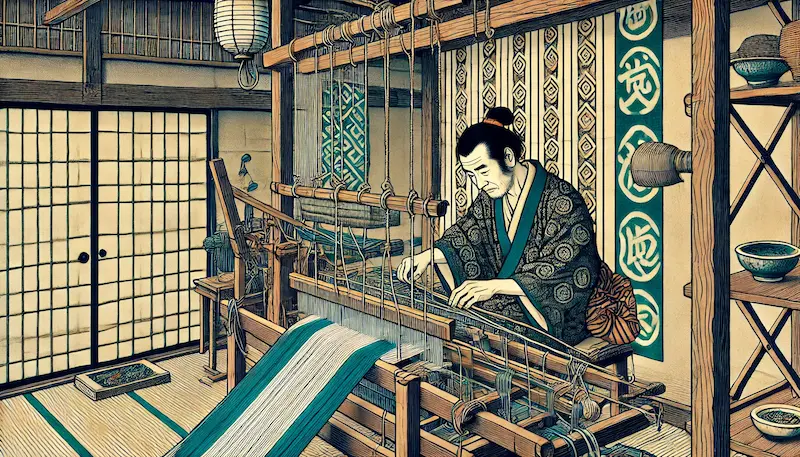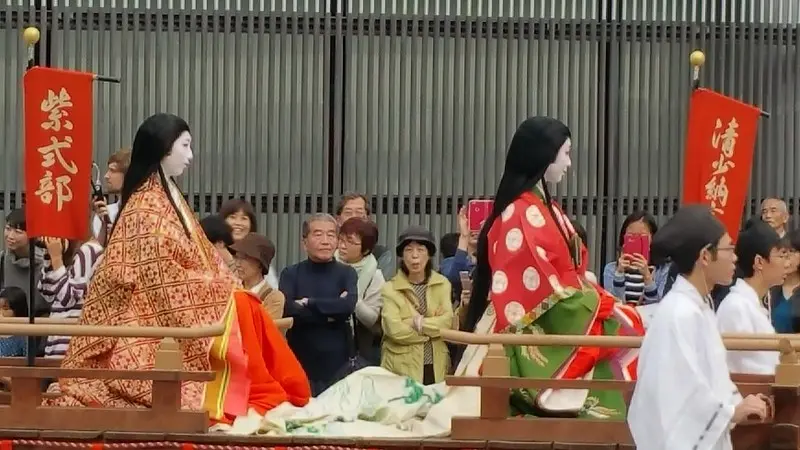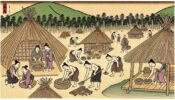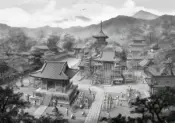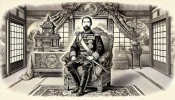Kyoto in the Edo Period: From Political Center to Cultural Capital(1603-1868)
1. Introduction: Kyoto’s Transformation in the Edo Period
Let’s take a stroll through Kyoto’s Edo period (1603-1868), a time of peace and prosperity that saw the city transform from the political center of Japan to its cultural heart. During this era, Kyoto, while no longer the seat of the shogunate, continued to thrive as a hub of art, tradition, and intellectual activity. We’ll delve into how Kyoto’s role shifted, the unique relationship between the imperial court and the shogunate, and the vibrant cultural scene that flourished under the Tokugawa regime.
2. Establishment of the Edo Shogunate and Kyoto’s Status
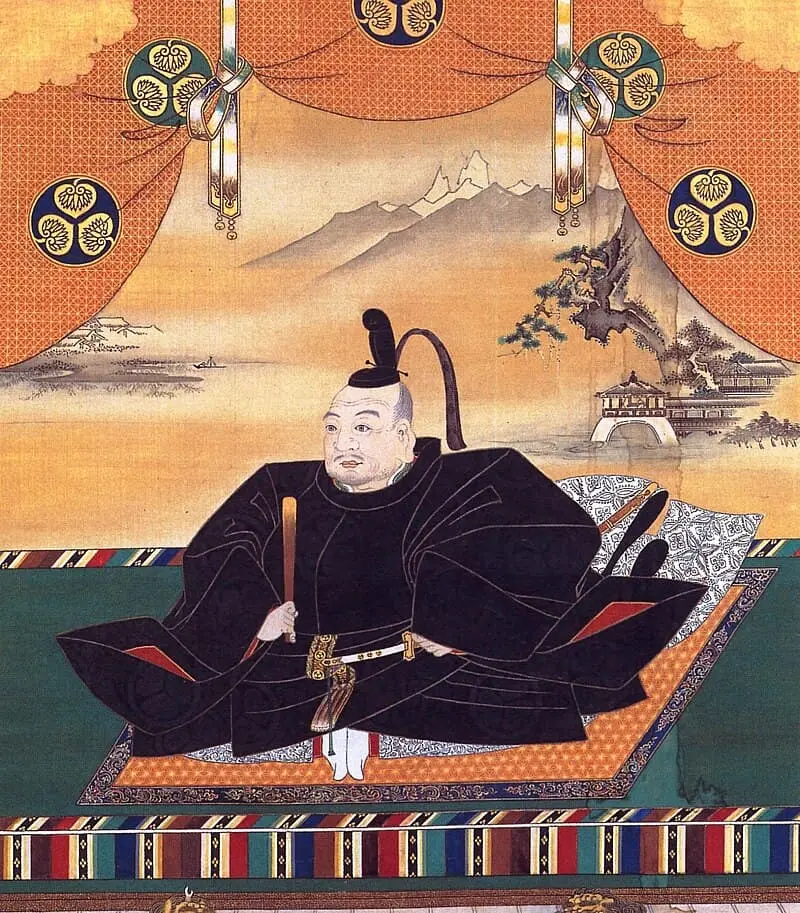
The Edo period began with Tokugawa Ieyasu’s victory at the Battle of Sekigahara in 1600, establishing the Tokugawa shogunate and moving the seat of power to Edo (modern-day Tokyo). This marked a significant shift in Kyoto’s status. While no longer the political center, Kyoto remained home to the imperial court, retaining its symbolic importance as the ancient capital.

The relationship between the imperial court and the shogunate was complex and often tense. The shogunate implemented the “Laws for the Imperial Court and Court Nobles” (Kinchu narabini kuge shohatto) to restrict the court’s political power and ensure its subordination to the shogunate. To further control Kyoto, the shogunate appointed a Kyoto Shoshidai, a high-ranking official responsible for maintaining order and overseeing the city’s affairs.
3. Culture and Economy of Edo-Era Kyoto
Kyoto’s cultural scene flourished during the Edo period, blending the refined elegance of court culture with the vibrant energy of the rising merchant class. Traditional festivals like the Gion Matsuri and Jidai Matsuri grew in popularity, becoming major events that showcased the city’s rich heritage.
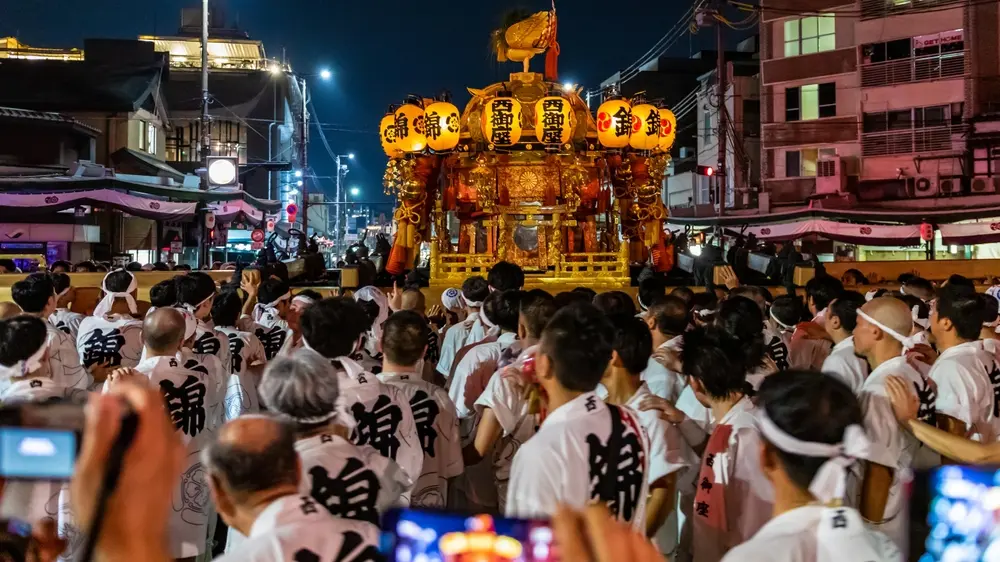
Kyoto also became a center for traditional crafts, with artisans producing exquisite textiles like Nishijin-ori (brocade) and Kyo-Yuzen (dyed silk). These crafts, patronized by the wealthy merchant class and the imperial court, became synonymous with Kyoto’s refined taste and craftsmanship.
Economically, Kyoto remained a vital center for trade and commerce. The city’s strategic location and well-established infrastructure made it a hub for the distribution of goods throughout Japan. The merchant class, enriched by trade, became influential patrons of the arts, further fueling Kyoto’s cultural development.
4. Society and Daily Life in Edo-Era Kyoto
The Edo period saw the rise of the merchant class, who played a crucial role in shaping Kyoto’s social and cultural landscape. As their wealth and influence grew, merchants invested in education, establishing terakoya (temple schools) and private academies to educate their children.
The entertainment industry also thrived, with the emergence of pleasure quarters like Gion and the popularity of kabuki theater. These venues provided a much-needed escape from the rigid social hierarchy of the Edo period and fostered a vibrant urban culture.
Religion continued to play a significant role in the lives of Kyoto’s residents. Temples and shrines remained important centers of community life, offering solace, guidance, and cultural enrichment.
5. Key Events and Figures of Edo-Era Kyoto
The Edo period was not without its share of turmoil. Kyoto witnessed several significant events, including the Kinmon Incident of 1864, a failed rebellion by samurai loyal to the emperor, and the Oshio Heihachiro Rebellion of 1837, a peasant uprising against the corrupt city officials.
Natural disasters also struck Kyoto during this period. The Great Tenmei Fire of 1788 destroyed a large part of the city, including the imperial palace.
Several notable figures are associated with Kyoto during the Edo period. Emperor Go-Mizunoo, known for his strong personality and clashes with the shogunate, and Keishoin (Lady Kasuga), a powerful woman who served as a liaison between the imperial court and the shogunate, are just a few examples.
6. Conclusion: The Enduring Legacy of Kyoto’s Edo Period
Kyoto’s Edo period was a time of profound change and cultural richness. The city’s transformation from a political center to a cultural capital left a lasting impact on its landscape, traditions, and artistic heritage. Today, visitors to Kyoto can still experience the legacy of the Edo period in the city’s historic districts, traditional crafts, and vibrant festivals.
The Edo period is a testament to Kyoto’s adaptability and resilience. It’s a reminder that even as times change, a city’s cultural identity can endure, shaping its present and future.
